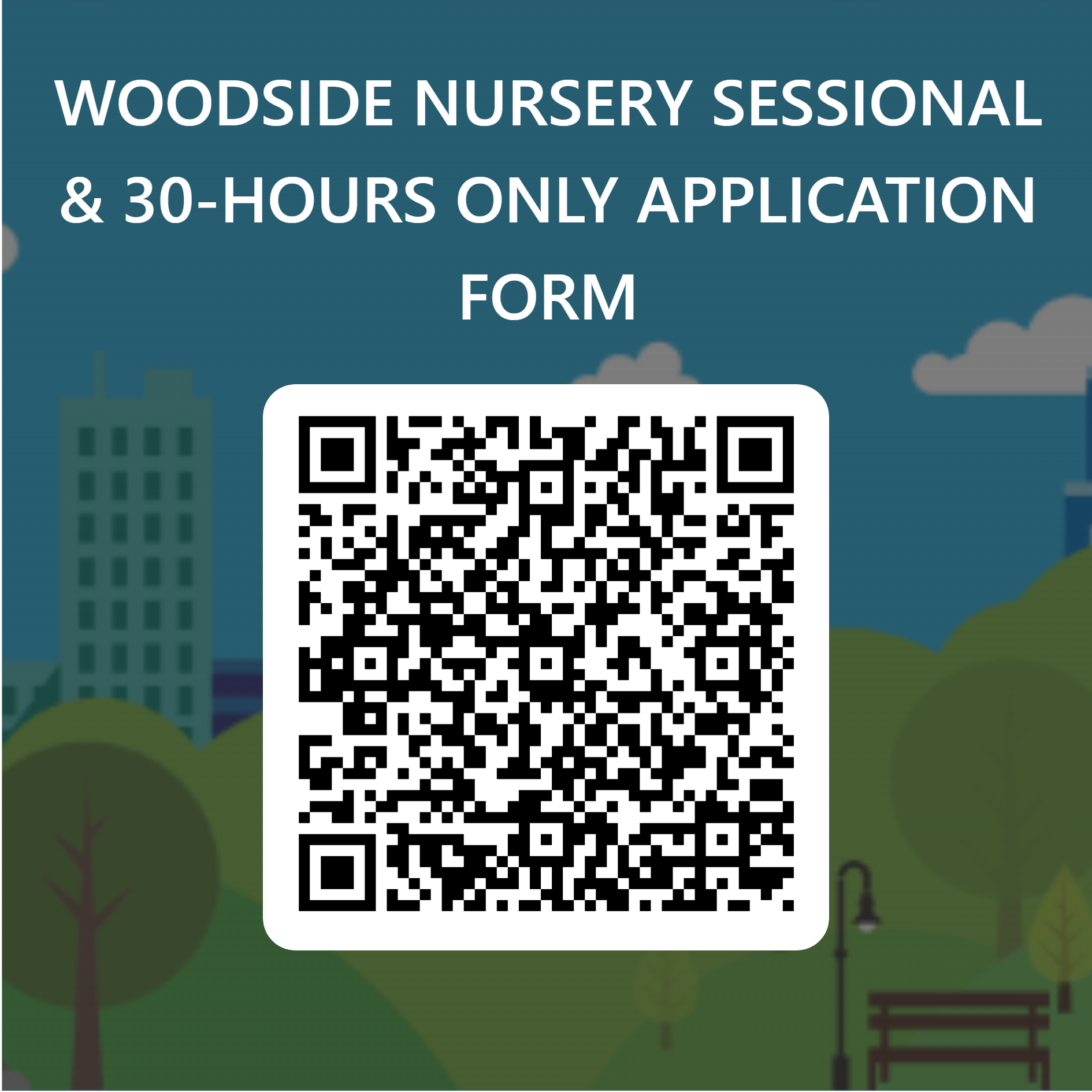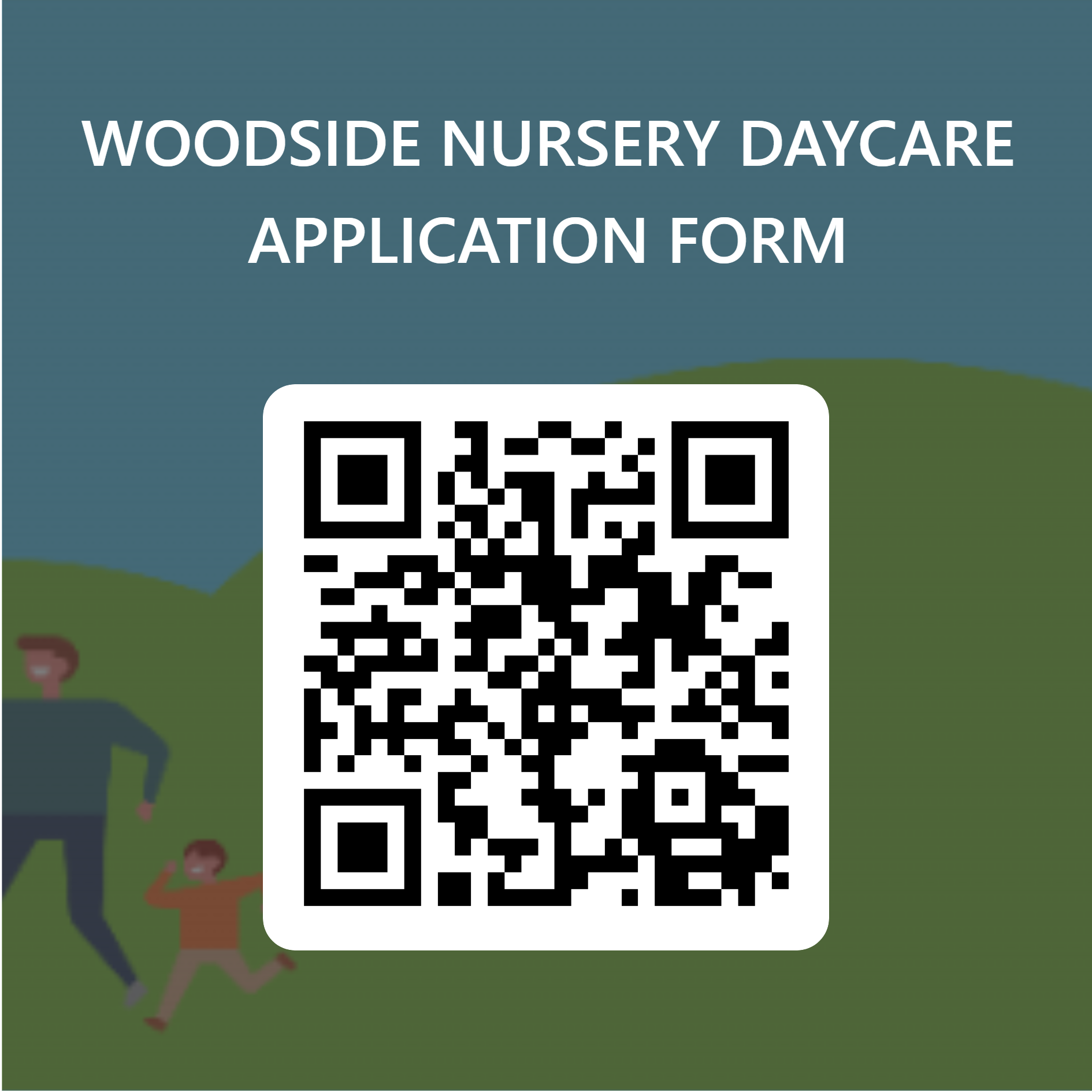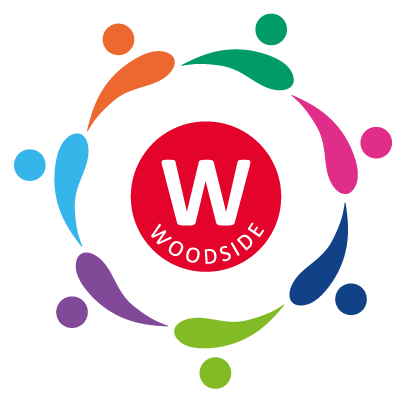Nursery Applications & Admissions
For all Nursery Admissions please contact:

John Coggin - Nursery Operations Manager
Nursery Direct Line: 0203 839 4971
Nursery E-Mail: nursery@woodside-academy.org
CURRENT AVAILABILITY
- Our 6 months-2 years provision is currently full and there is an 18-month waitlist for a place.
- Our 2-year-old day care and sessional provision is currently full for this academic year (applications accepted for September 2025 only).
- Our 3-year-old day care and sessional provision is currently full for this academic year (applications accepted for September 2025 only).
Nursery Application Form
Received application forms will be placed on the nursery waitlist for a nursery place.
Please complete the application form and once completed you will receive an email confirmation.
Sessional & 30-Hours Only Application Form
This is for 2 and 3-year-olds, 15 hours per week government-funded places, and for 30-hour term-time-only spaces for 3-year-olds only.
Woodside Nursery Sessional & 30-Hours Only Application Form

Daycare Application Form
This is for 6 months-2 years/2-3 years and 3–4 years for full wrap-around care from 8am-6pm.
We have an admin fee of £10.00 to be placed on and remain on the day care waitlist.
A non-refundable payment of £10.00 will need to be paid to the schools bank account. Details are below.
| Bank Account | REAch2 Academy Trust Woodside Primary Academy |
| Sort Code | 16-12-21 |
| Account Number | 10122916 |
| Bank Name | Royal Bank of Scotland 5 Church Street Sheffield S1 1HF |
Woodside Nursery Daycare Application Form

Please note that sending an application form DOES NOT guarantee a nursery place as it will be subject to availability.
When completing the application form, please make clear when you would like the place to start and the age range.
Nursery Fees
Fees vary depending on the age range - please see the fee structure here
Woodside Primary Academy - Nursery Fees & Blossom App

